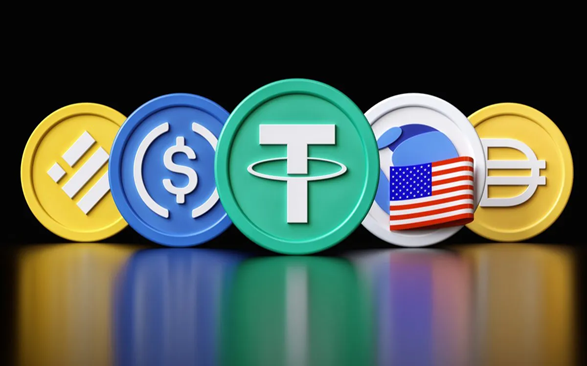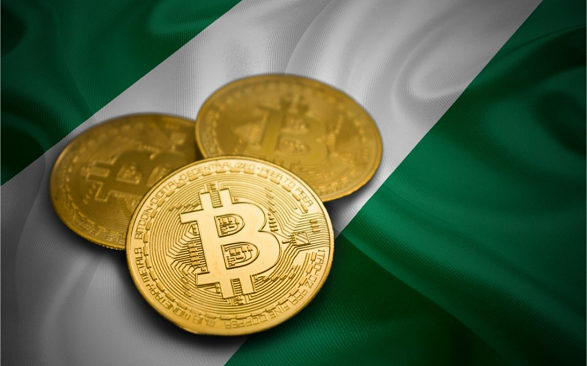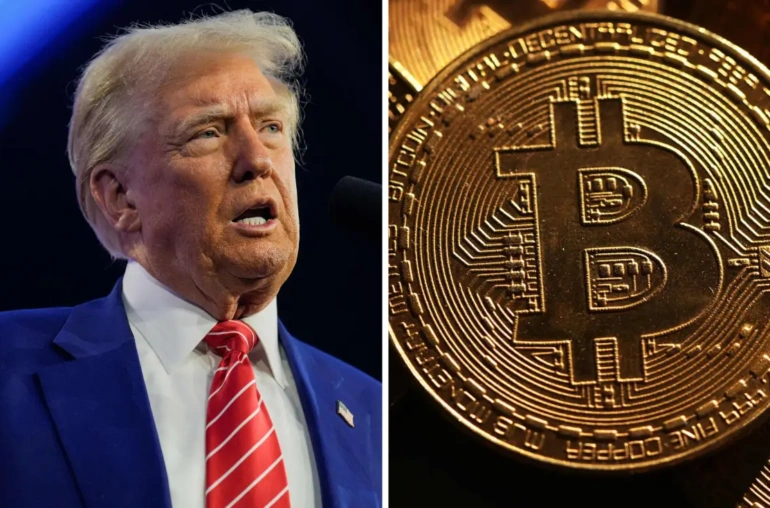Introduction
Introduction
The market capitalization of stablecoins is currently over $149 billion. Privately owned, stablecoins continue to enjoy global adoption. They have fast become one of the most innovative financial-technology products powered by blockchain, enabling cheaper, easier, faster transactions. Whether to complete payments, facilitate settlements, enable conversion, or provide liquidity, stablecoins provide the accessibility, flexibility, and speed in and outside the crypto market. Such innovation is of course bound to raise concerns, whether good, bad, or ugly. This is why it is important that in considering the risks that stablecoins may portend in today’s traditional financial system, I think regulators should put market stability first.
“The absence of appropriate oversight presents risks to users and the broader [cryptocurrency] system” believes US Treasury Secretary Janet Yellen, as stated in a report by the President’s Working Group on Financial Markets which proposes a new regulatory framework for stablecoins, to bring under the same category that conventional banks operate.
Since governments’ involvement in the cryptocurrency market, one lingering challenge has been the uncertainty in their policies and regulatory approaches. While the policies of countries such as China, Egypt, and increasingly Nigeria, among others, have been unfavorable towards crypto, some countries have remained indifferent. Other countries, such as El Salvador, the US, Japan, Canada among others have legalised crypto; some have developed and others are developing legal framework for its regulation.
While many players in the crypto space believe that crypto is or should remain a self-regulating market, the government authorities have repeatedly insisted that it needs regulation. This government intervention is welcomed by some players in the crypto space as well.
American Politician Ron Paul is reported to have said, “My thoughts on Bitcoin and the other currencies is that they ought to be legal unless there is fraud involved. The government should not get involved in regulating private money if there is no fraud. I do not take a position on Bitcoin and other proposed currencies in a technical fashion, but I understand the political ramifications of them, and I think that the government should stay out of them and they should be perfectly legal, even though I don’t endorse (technically) one over another.”
Stablecoins have been a subject of debate recently.
Apart from the technicalities associated with these assets, the insistence by the government to regulate them brings about more challenges. Gensler on several occasions has compared “stable-value coins” to casino chips, with the ability to “undermine traditional banking systems if … not brought inside the remit of banking.” Thereby suggesting how it should be regulated.
Stablecoins are digital tokens whose value is pegged to the dollar (or another currency or asset). They facilitate the crypto market, by enabling investors to transfer value between crypto exchanges and cryptocurrencies without having to convert them back and forth into the dollar or other fiat. As the name suggests, stablecoins are designed to retain the value that is stable with fiat currencies.
Stablecoins can be categorised into four major types: fiat-collateralized (those whose value is paired with a fiat currency, such as USDC0, USDT), commodity-collateralized (those backed by commodities such as gold. Example, PAXG), crypto-collateralized (whose value is paired with a given crypto asset, like the Dai), and algorithmic or non-collateralized (those not backed by any collateral, such as AMPL, ESD).
Across various jurisdictions, there is still a high level of uncertainty regarding how stablecoins should be regulated.
Generally, below are the major options regulators have been considering: options being:
- Proposing a custom regulatory framework for stablecoins;
- Imposing an outright ban on stablecoins; or
- Adopting and incorporating stablecoins into already existing regulatory frameworks.
Presently, there are some regulatory approaches in this regard, aimed at shaping stablecoins to become more controlled by the government, and more precisely determine their functions.
In Europe, feedback from the proposed Market in Crypto-Assets regulation (MICA) of September 2021 are being considered for the formulation of rules to regulate stablecoins, especially those with higher potentials for wide adoption by crypto asset providers [or exchanges]. The goal is to provide an all-encompassing and accurate regulatory framework that will help improve the crypto market at large.
Particularly in England, the recently launched Bank of England Discussion Paper (BEDP) suggested that those stablecoins that are fiat-collateralized or backed by other digital asset and are being issued by private firms should be regulated in like manner as bank-enabled payments. This is on the condition that they turn out ubiquitous in order to be able to influence the stability of the finance sector.
In the US, efforts are intensively being made towards the regulation of stablecoins. There is positive expectation, as regulators and policy makers try to understand more about the technology, to enable them ascertain the regulatory framework.
The Stablecoin and Bank Licensing Enforcement Act (Stable Act) was introduced in December 2021. The Stable Act is expected to approve the use of stablecoins and other cryptocurrencies as alternative payment systems. But the Stable Act significantly increased the regulatory oversight of stablecoins by limiting who can issue them, requiring that they must be issued by a bank based on certain standards.
Jerome Powell, Chairman of the US Federal Reserve, while appearing before the US House Committee on Financial Services recently, commented about the regulation of stablecoins, stating that, “[i]f stablecoins are going to be a ‘significant’ part of the payments universe, we need an appropriate regulatory framework, which we frankly don’t have.”
In the recent report by the President’s Working Group on Financial Markets, there are three specific proposals for the new legislation on stablecoins:
- The issuers of stablecoins should be required to be insured in the same way as depository institutions;
- They and their platforms should be subject to federal supervision, and should meet appropriate risk-management standards; and
- They should be required to comply with the restrictions on commercial entity affiliation, to ensure interoperability among stablecoins.
Notwithstanding the various regulatory approaches by various governments around the world, there is still a good level of impendency about stablecoin regulation.
First, all stablecoins are not uniform in design but in various forms based on technicality and functionality.
Second, stablecoins—at least the fiat-pegged ones particularly—are not absolutely stable as the name suggests since fiat currencies themselves experience volatility and also depreciate.
Third, there is yet to be a uniform regulatory approach of regulators around the world with respect to stablecoins.
So the question still remains, how should stablecoins be regulated: as securities, commodities, or digital currency? Until there is a uniform approach, this question may remain largely unanswered, resulting in the regulatory uncertainty that often affects growth and development of innovation.
Stablecoins need inclusive, innovative, and adaptive regulation towards ensuring truly stable markets.
In order to ensure consumer protection and investment safety, regulators should consider regulatory approaches that ensure that the stability that stablecoins represent in the otherwise highly volatile crypto market is not lost or defeated. With proper regulation, stablecoins can make the crypto market safer for the millions of investors, holders, and traders out there in the ever-growing crypto market. Also, beyond enabling seamless crypto-fiat, fiat-crypto conversions in the crypto market, stablecoins also play an increasing role in remittances and cross-border transactions. This is facilitating cheaper, easier, and faster payments, thus contributing to global trade and commerce while also making the digital economy a truly borderless one.
Therefore, drastic regulatory actions should not be the way forward for stablecoin ‘regulation’. Rather, stablecoins need inclusive, innovative, and adaptive regulation. This will benefit consumer protection and investment safety more, ensuring that stablecoins truly enable stable markets.
Written by Jude Ayua (judeayua@cryptoassetbuyer.com), Associate, Crypto Regulator at CAB.
Discover more from Crypto Asset Buyer
Subscribe to get the latest posts sent to your email.




